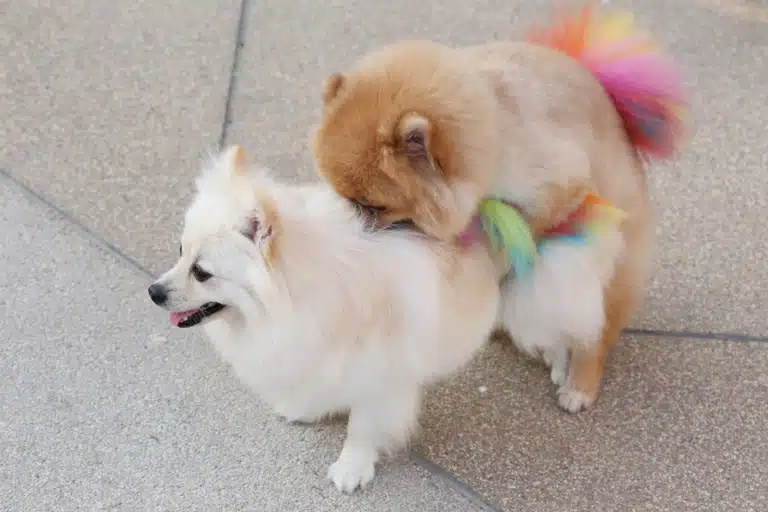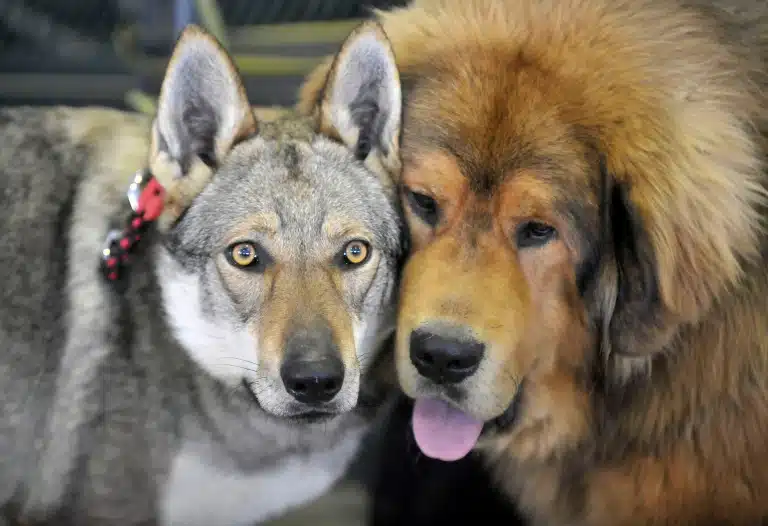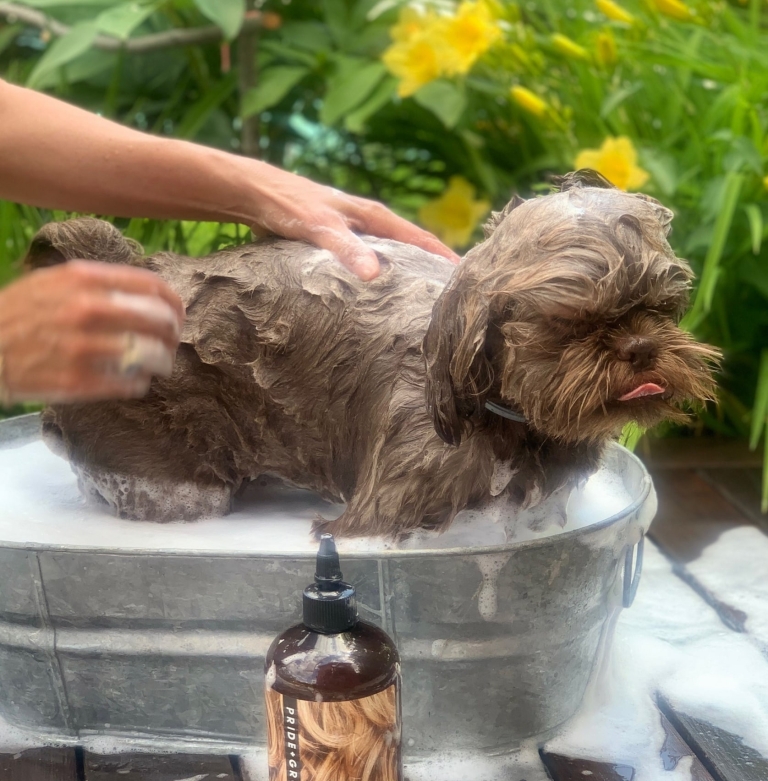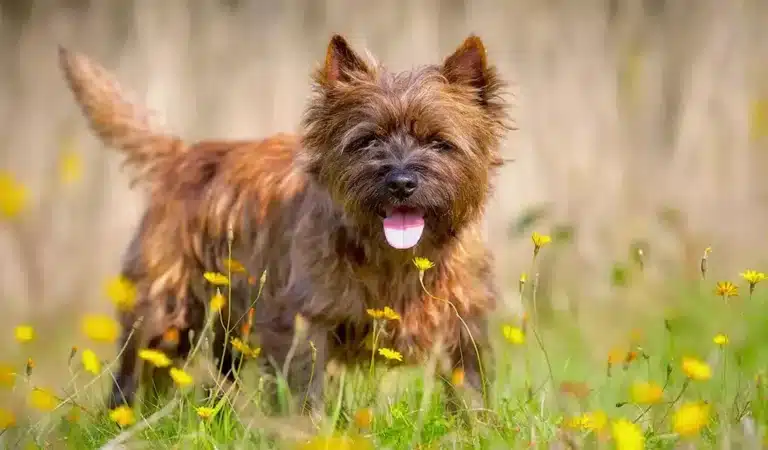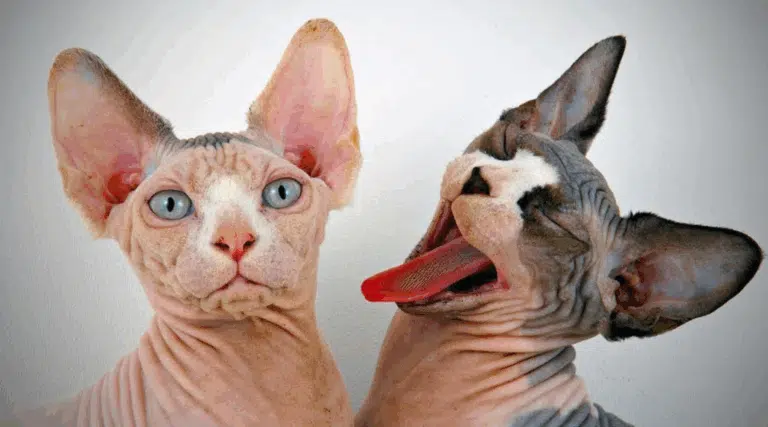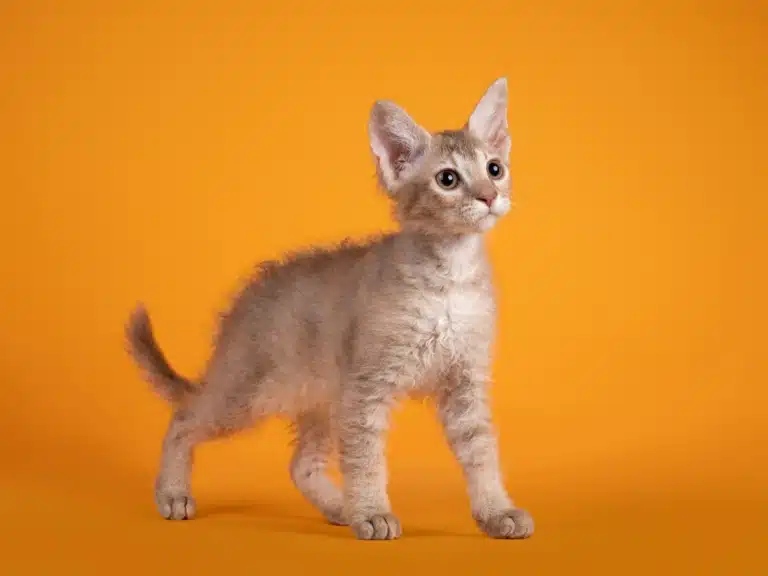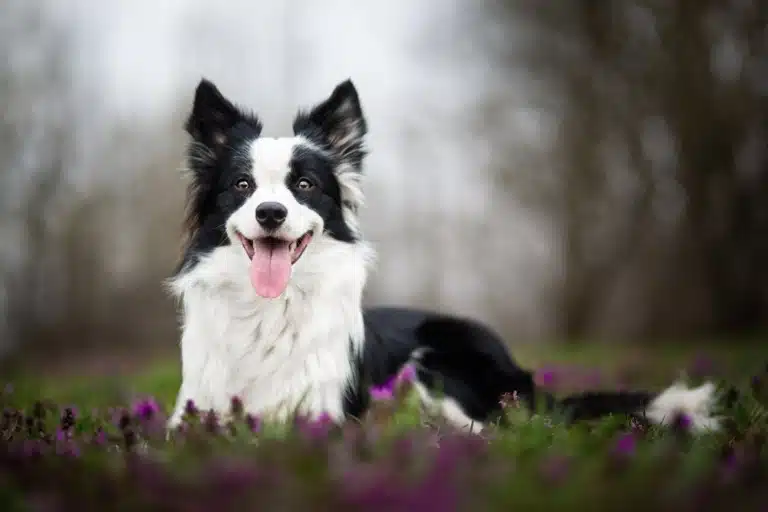Why is this topic so interesting?
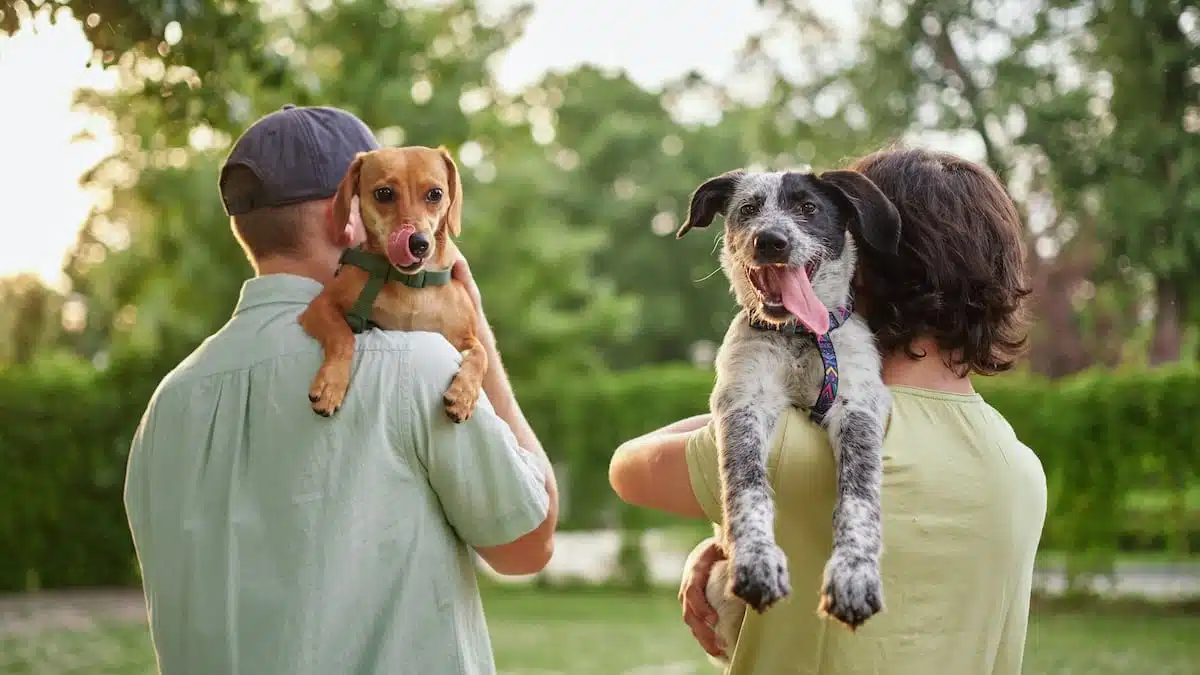
Dog breeding is a topic that raises many questions, speculations, and even myths. People have always been curious about whether sex dogs experience true love or if they are guided solely by instincts. We see how a dog can become attached to its owner, miss a friend, but are these animals capable of feeling tenderness and passion for their partner?
This topic is also important for those involved in sex dogs breeding or simply wanting to understand their pet’s behavior better. After all, sex dogs is not just a physical act; it involves a whole range of behavioral reactions, signals, and even emotions.
But the most intriguing question is – can dogs love? Do they have a choice, or is it purely biological?
Why is this question so relevant?
Firstly, it’s interesting because of human nature – people tend to project their emotions onto animals. If we love, feel attachment, and need affection, we subconsciously want to believe that sex dogs relationships work the same way.
Secondly, this question touches on ethics and responsible breeding. Many dog owners face a dilemma: should they allow their pet to mate, or is it just a myth that “sex dogs must happen at least once in its life”?
And, of course, there’s simply the curiosity factor – dogs exhibit many unexpected behaviors before sex dogs, sometimes appearing very cute and sometimes even dramatic.
Myths and realities about “love” between sex dogs
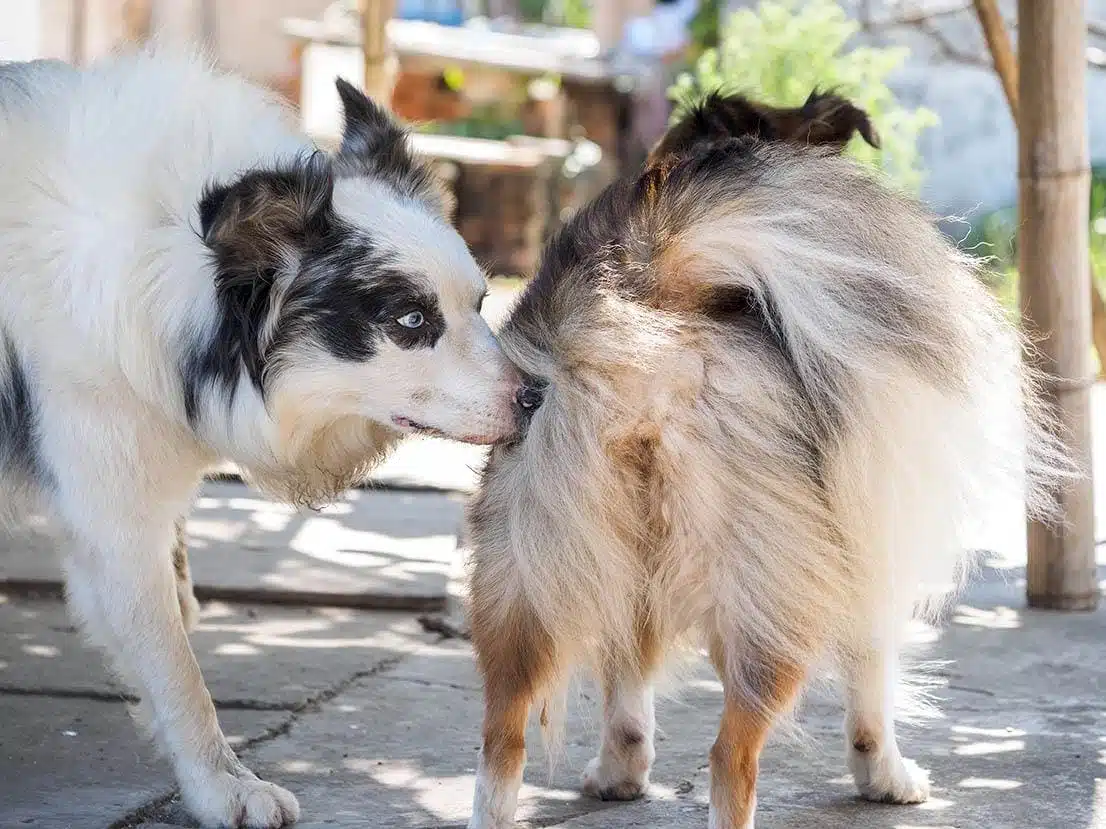
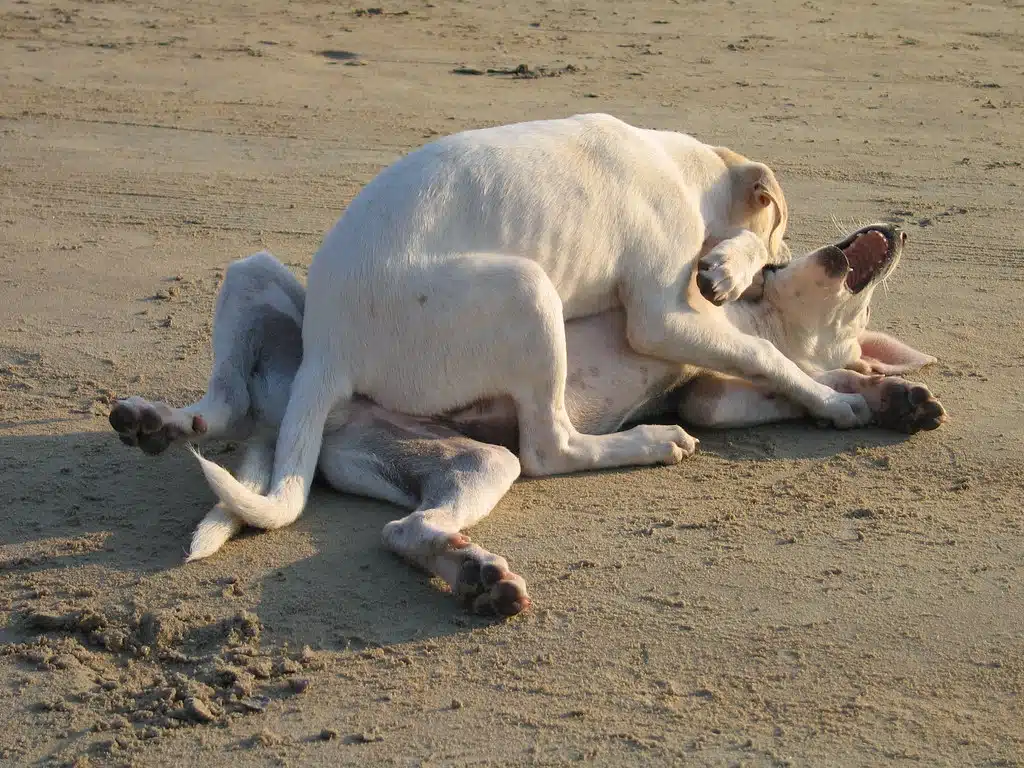
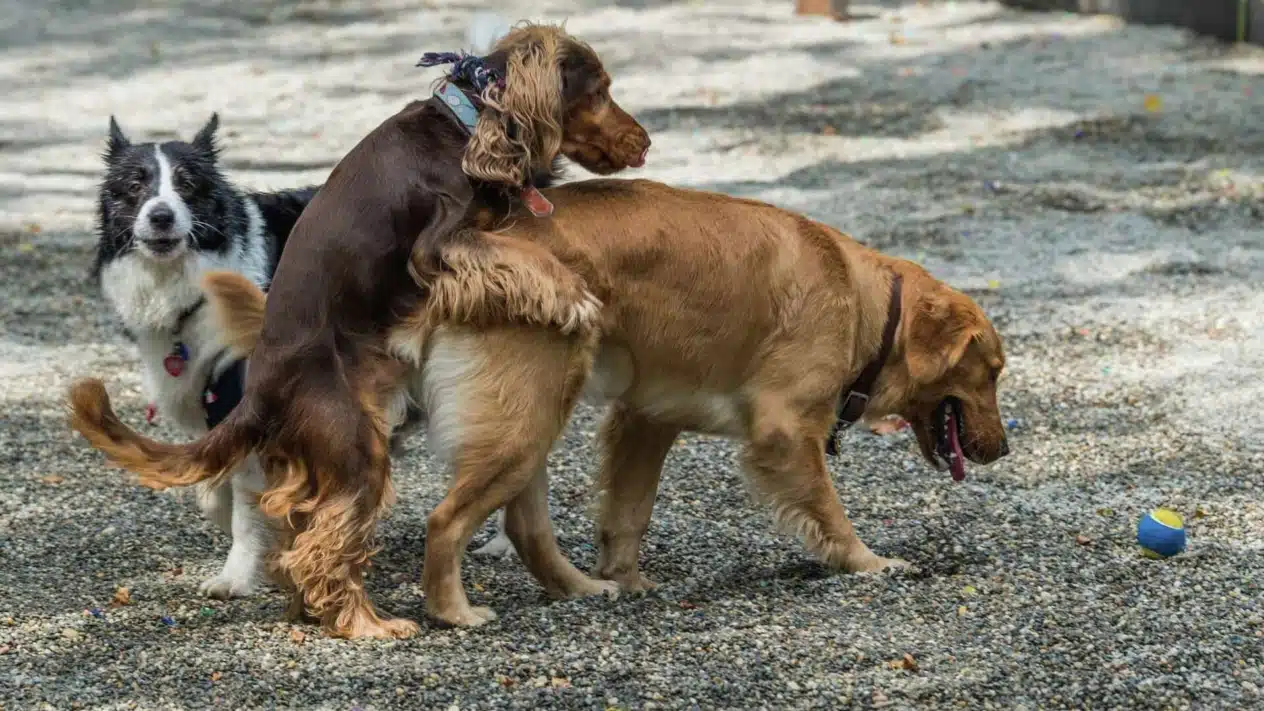
🔹Myth: Dogs form long-term romantic pairs.
✅ Reality: In most cases, males do not attach to a single female and seek new mating opportunities. However, some dogs, especially those that live together for a long time, may show preference for a particular partner.
🔹 Myth: Mating is necessary for a dog’s physical and emotional health.
✅ Reality: The absence of mating does not harm a dog. It does not mean they will be unhappy or unhealthy.
🔹 Myth: Dogs have mating for pleasure.
✅ Reality: Dogs do not experience “pleasure from the process” in the human sense. For them, it is part of their natural reproductive cycle, though the act itself brings physical satisfaction, especially for the male.
🔹 Myth: If dogs mate, they become a couple.
✅ Reality: A female dog does not develop emotional attachment to a male after mating. She may reject him the very next day.
Do dogs experience true emotional attachment?
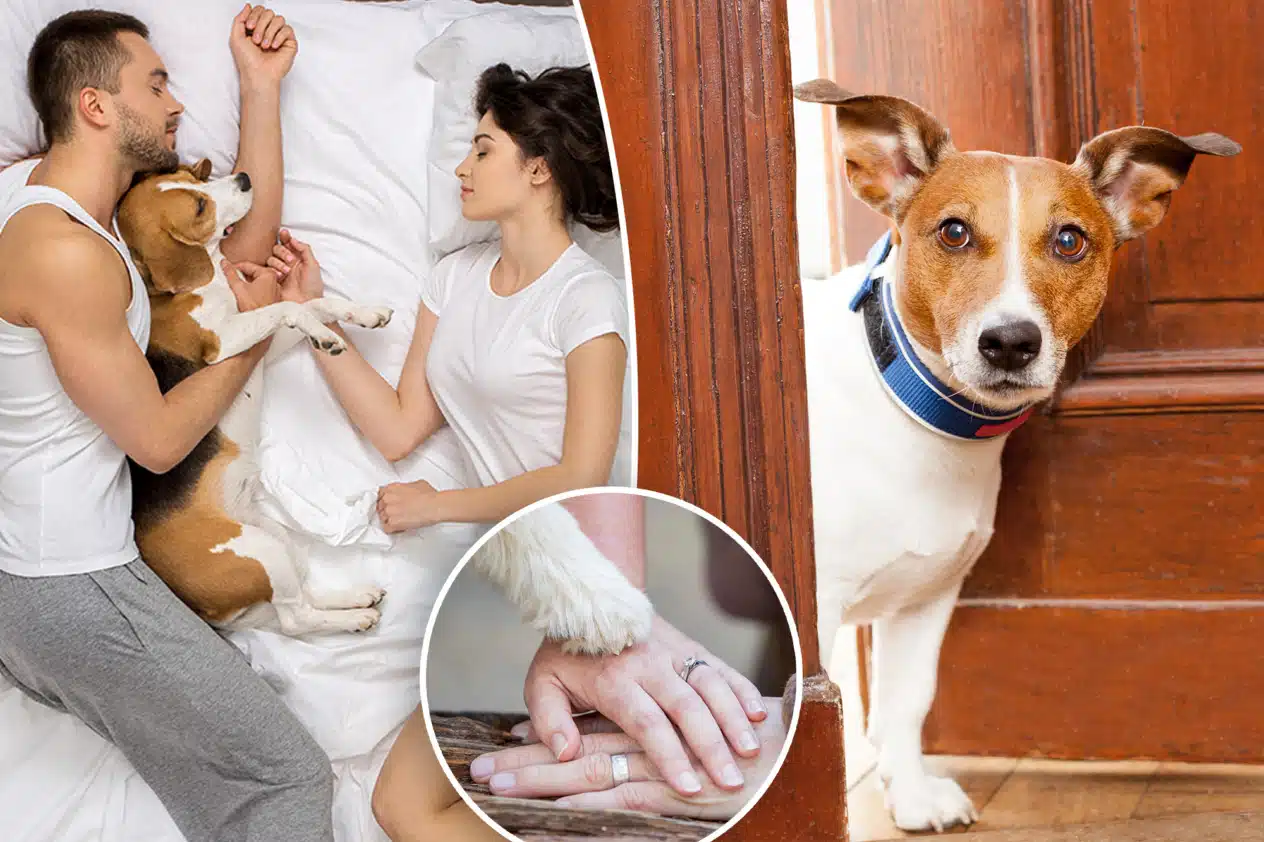
Yes! While they do not experience love in the human sense, dogs can feel attachment. They form emotional bonds not only with people but also with other dogs. Some dog pairs that live together for a long time genuinely show signs of affection: licking each other, playing together, and sleeping cuddled up.
However, this does not mean they will choose only one mate for life. For dogs, reproduction is still more about biology than romance.
Dog Courtship: Romance in the Wild and at Home
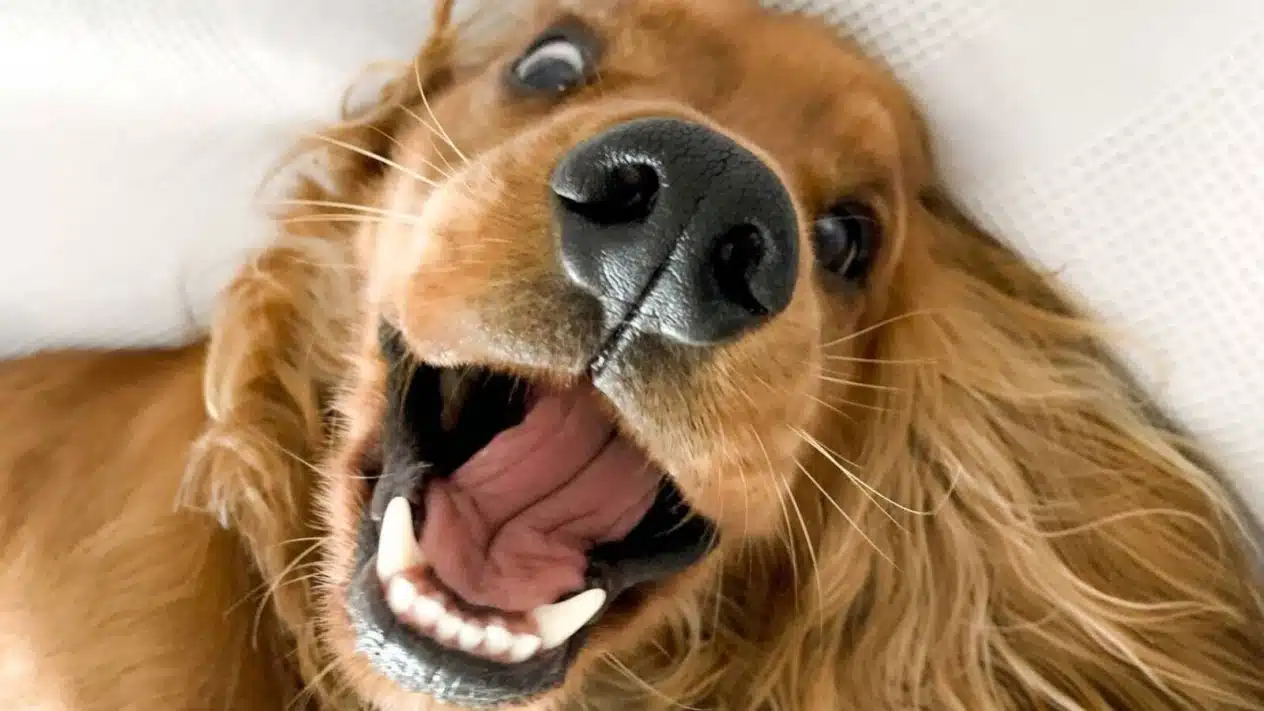
Can dogs experience “love at first sight”?
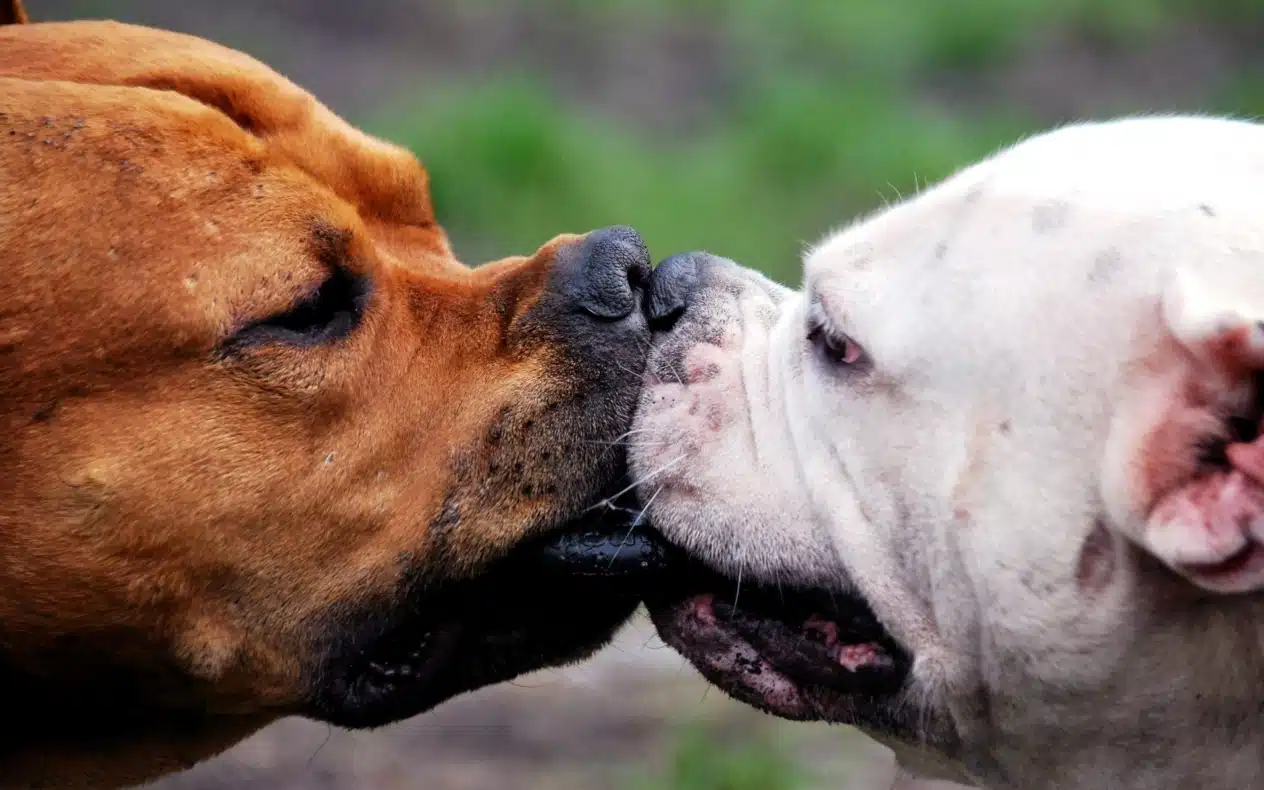
They may feel an instant attraction, but it’s more about scents and hormones than emotions. If a female is in heat, her body releases pheromones that literally drive males crazy within a few kilometers.
However, sometimes two dogs simply dislike each other, even if they are physiologically compatible. In such cases, the female may aggressively push the male away, and he may lose interest in her.
How Do Dogs Choose a Mate?
This is where natural selection comes into play. Females often prefer stronger males who display dominance. Meanwhile, weaker males may be rejected.
Here’s what plays a key role in mate selection:
- Scent – the primary factor. Males sniff the female, and if her scent “tells” them she is ready to mate, their interest spikes dramatically.
- Behavior – a female may playfully run up, showing interest, or, conversely, growl and push the male away.
- Strength and health – in the wild, weaker males simply don’t get access to the female, as the alpha male chases them away.
The Role of Scents, Looks, and Postures in Communication
Dogs communicate through body language:
- A female may lift her tail or slightly wag it to the side, signaling interest.
- If she lowers her tail or growls, it means she is not ready yet.
- Males may raise their heads, stare directly into the female’s eyes (showing confidence), or circle around her.
Females also leave special scent markings – urine with a high level of pheromones, signaling their readiness to mate.
Can Dogs Show Jealousy and Compete for a Mate?
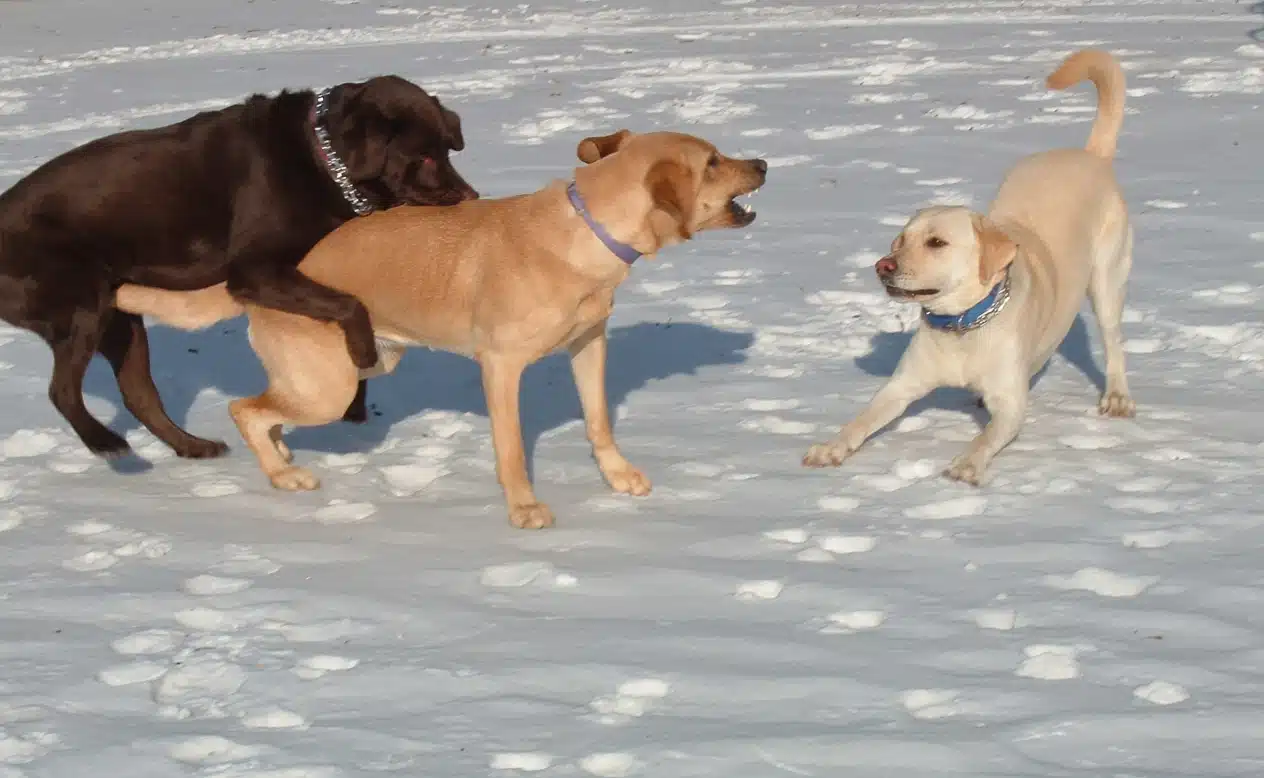
Yes, absolutely! Males are willing to compete for access to a female. This can manifest in the form of:
- Demonstrative threats (standing taller, growling, puffing out their chest);
- Aggressive fights (in the wild, this is a normal competition for the right to reproduce);
- Overwriting a rival’s scent – sometimes males mark territory to erase the traces of other contenders.
Females may also show preference for one male while rejecting another.
Foreplay: Do Dogs Flirt?
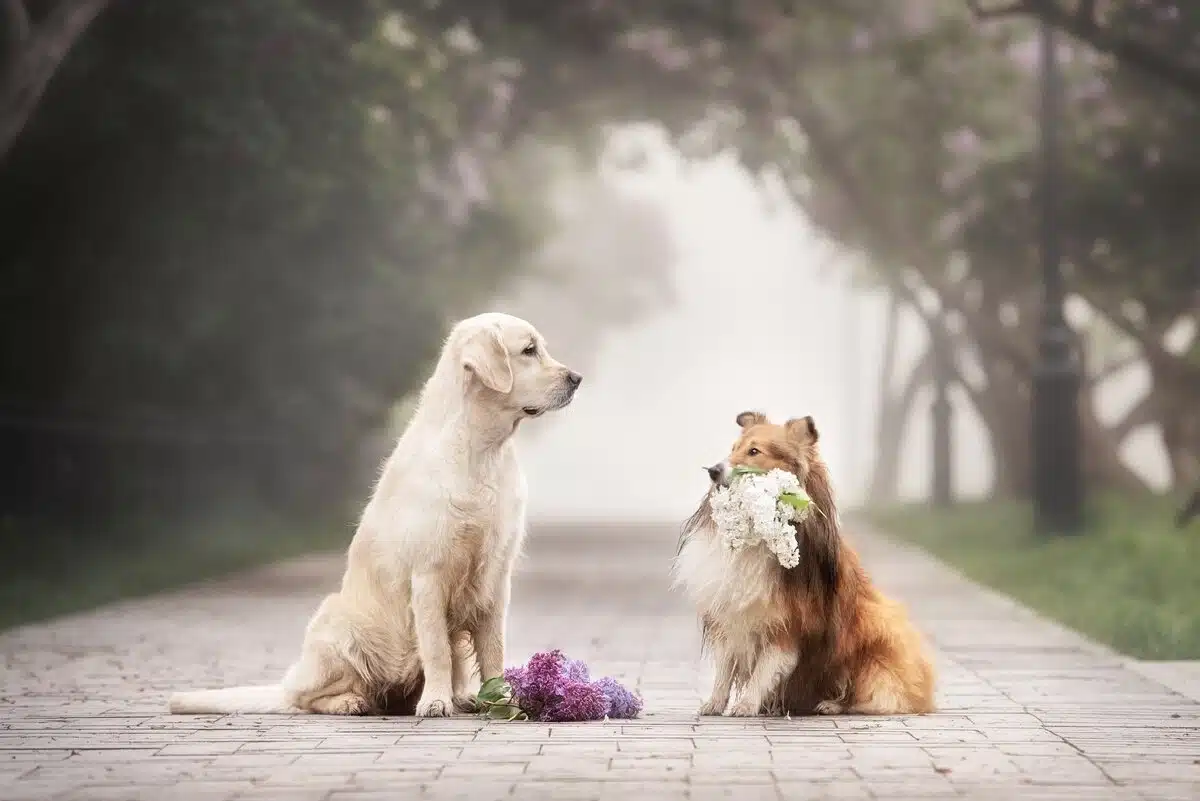
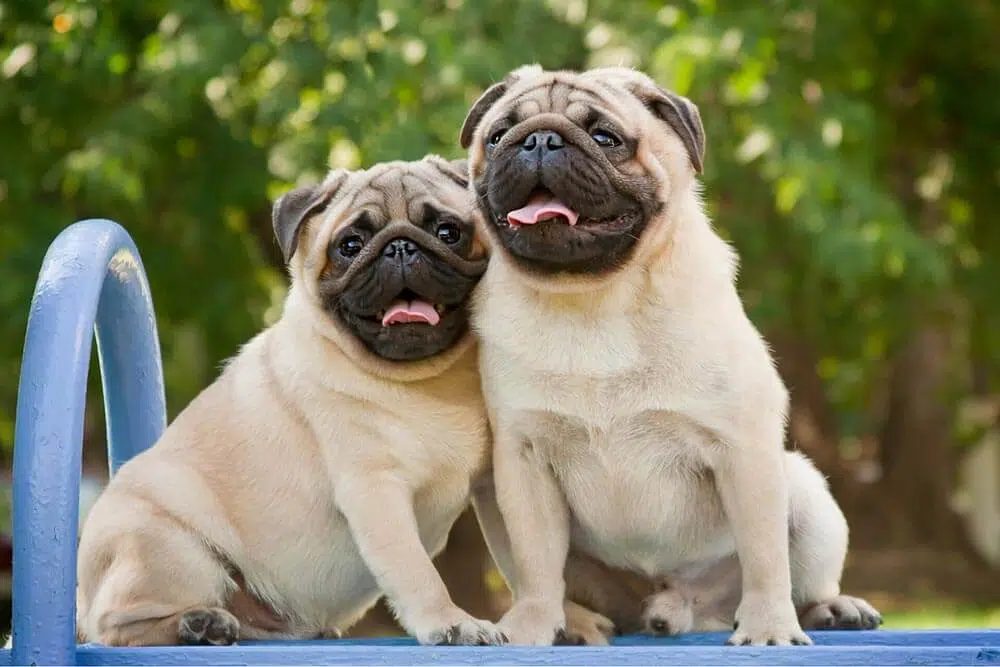
If you think flirting is purely a human trait, you’re in for a surprise! Dogs also have their own “courtship ritual,” and while it doesn’t resemble a romantic dinner by candlelight, it still has its intriguing stages.
In the canine world, foreplay isn’t just a quick approach and mating. It’s a whole process that can last from minutes to hours. It includes sniffing, playing, displaying physical strength, and even something that resembles “flirting.”
What Signals Does a Female Give to a Male?
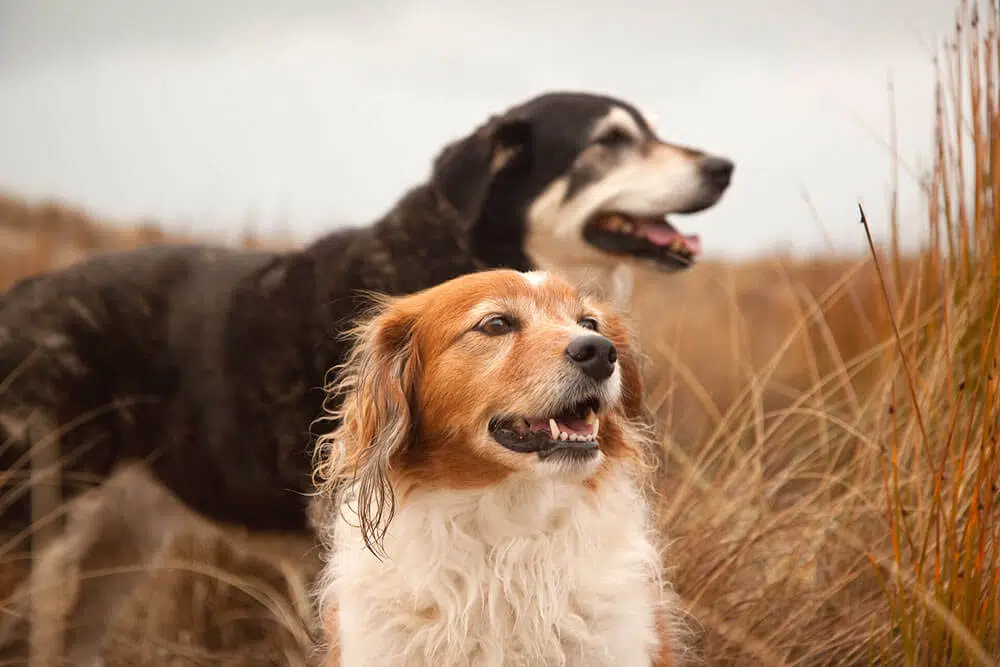
A female ready to mate demonstrates this through several key signals:
- Tail position – if she lifts her tail or moves it to the side, it means she is open to mating. If her tail is tucked close to her body, she is either not ready or not interested.
- Scent marking – during heat, the female actively leaves scent trails in the form of urine containing pheromones. These drive males crazy and send a clear message: “I’m ready!”
- Behavior – she may run up to the male, make small jumps in front of him, touch his muzzle, or simply stand still, allowing him to sniff her.
- Vocal signals – some females may let out soft whines or give light nibbles, showing their interest.
- Body positioning – if the female lowers her front body while slightly raising her rear, it’s an almost certain invitation.
How Does a Male “Invite” a Female to Mate?
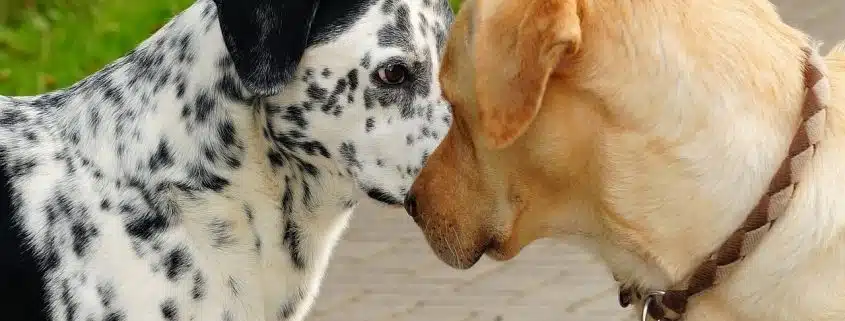
Males also have their own “seductive” techniques:
- Active sniffing – they don’t just sniff the genital area but also the muzzle, ears, and sides to gather full information about the female.
- Gentle head nudges – if a male lightly bumps the female with his head a few times, it’s his way of saying, “I like you, what do you think?”
- Licking – a male may lick the female near her muzzle or even give light nibbles on her ears – a clear sign of interest.
- Playful growling – though rare, some males produce soft, non-aggressive growls to emphasize their strength.
- Play invitations – jumping, running in circles around the female, and gentle paw nudges – all are ways to get her attention.
Playful Behavior Before Mating
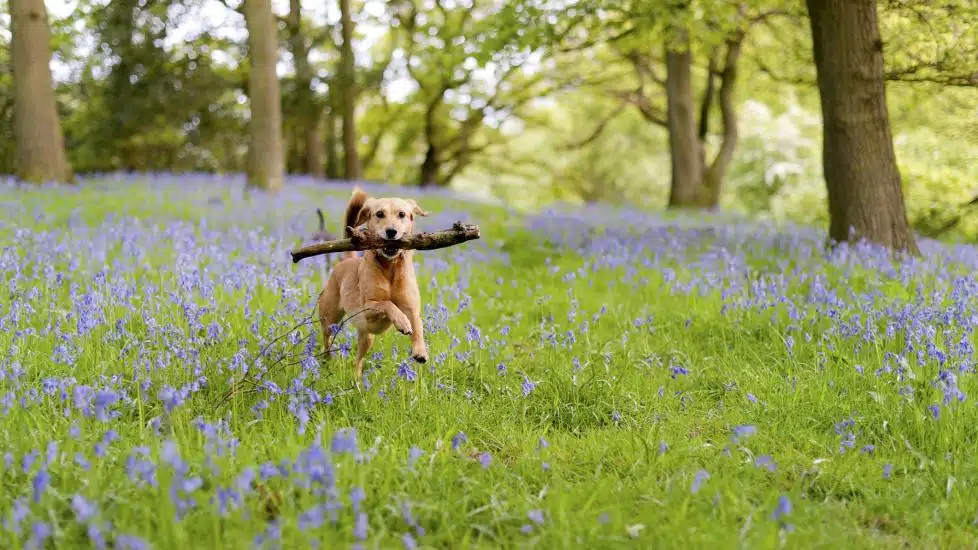
Before mating, dogs often behave like puppies – they may chase each other, jump, and play with their paws. This isn’t just play; it’s a way for the female to assess the male:
- Is he active enough?
- Is he healthy?
- Does he have good reflexes?
Play also reduces tension and helps the female “trust” the male. If she responds to the playfulness, the process can move to the next stage.
Do Dogs Have Something Similar to Kissing and Hugging?
Yes, but it looks different:
- Licking the muzzle – especially from the male, showing interest and friendliness.
- Gentle nibbling – particularly on the ears or neck, a kind of “love bite” that mimics affectionate play.
- Close contact – dogs may press against each other, which is their version of a hug.
So, while dogs don’t kiss as humans do, they still have their own ways of showing affection.
Mating Process: How Does It Happen?
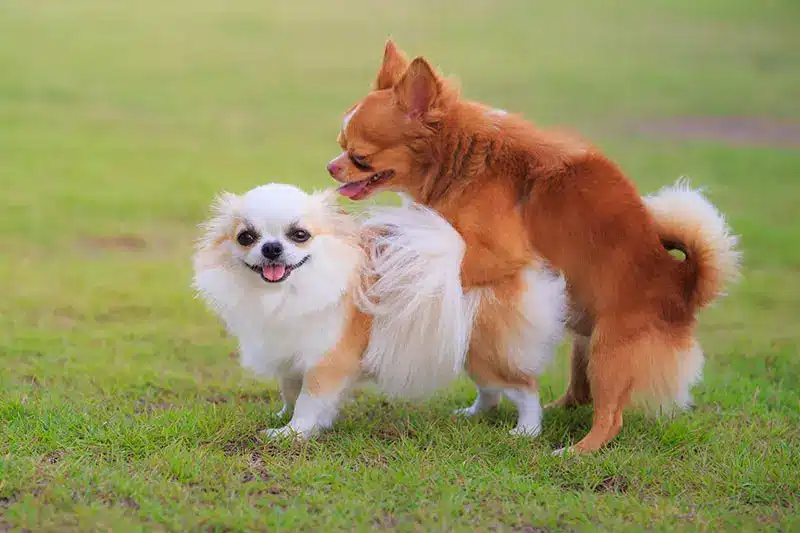
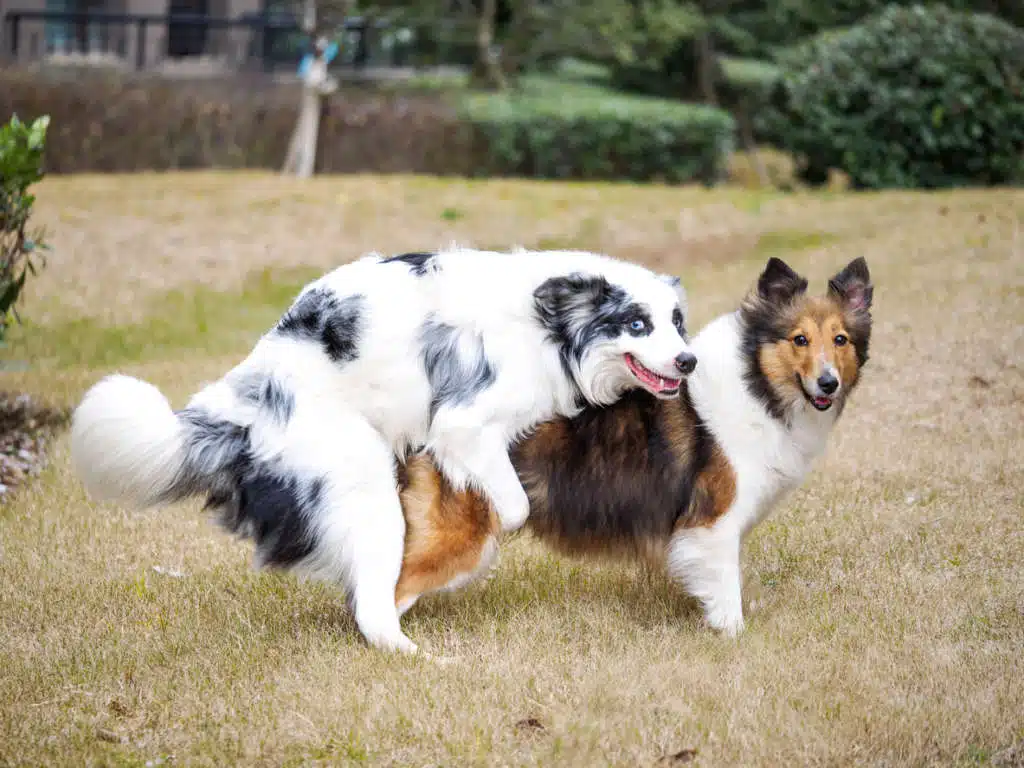
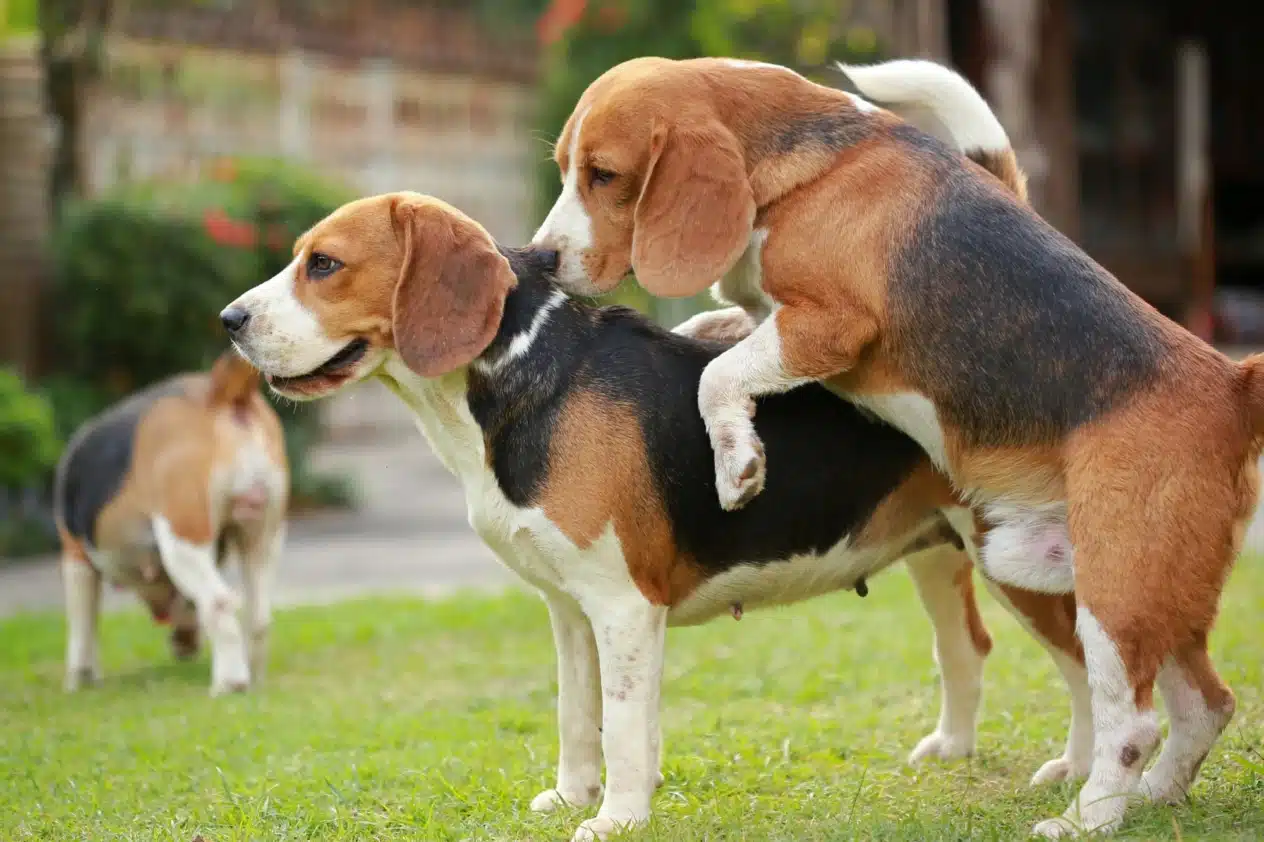
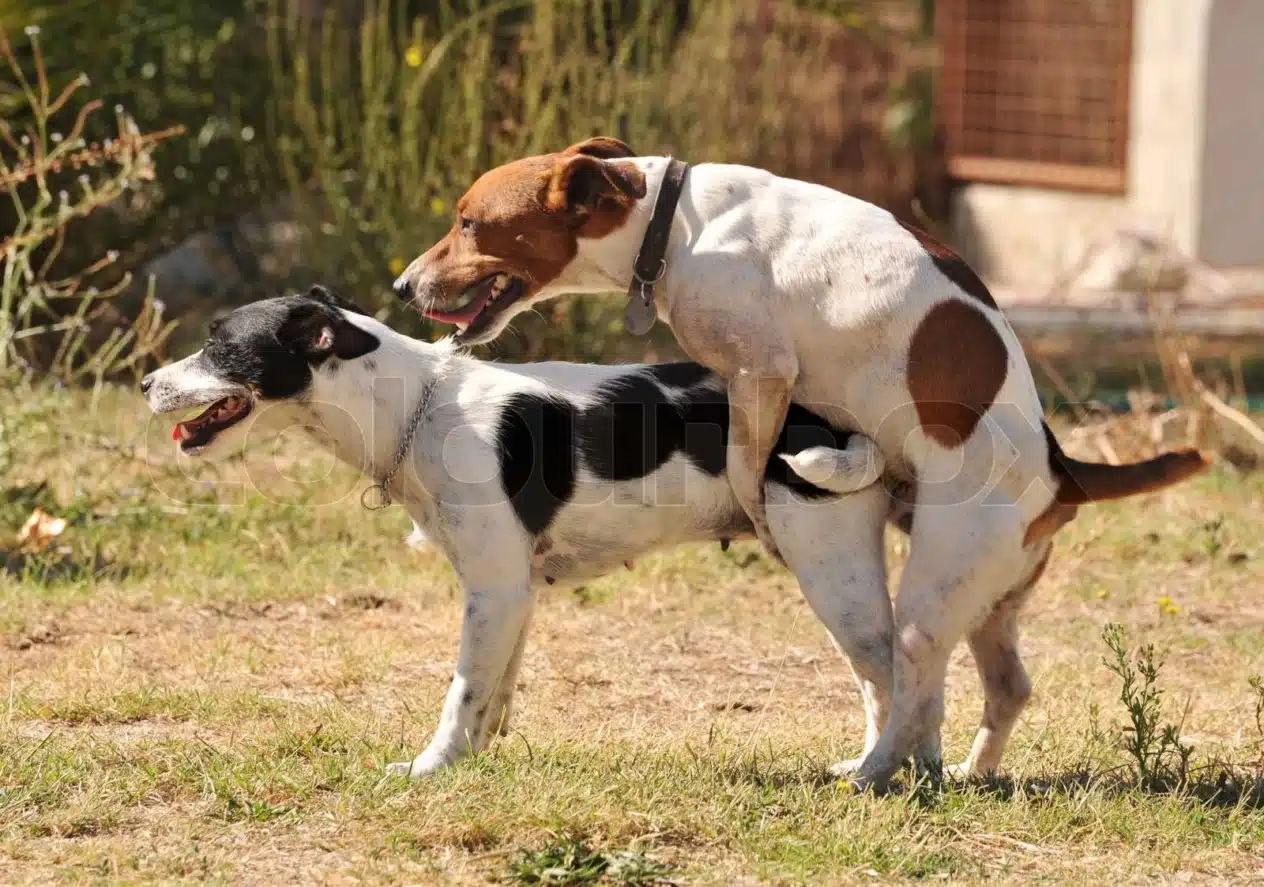
After all the “invitations” and play, the actual mating process begins.
Physiology of the Process
The female usually stands still, slightly spreading her legs and lifting her tail, while the male mounts her, holding onto her with his front legs. Dog mating lasts from a few minutes to 30–40 minutes. During this time, fertilization occurs, and the female receives the male’s sperm.
“Locking” During Mating – What Is It and Why Does It Happen?
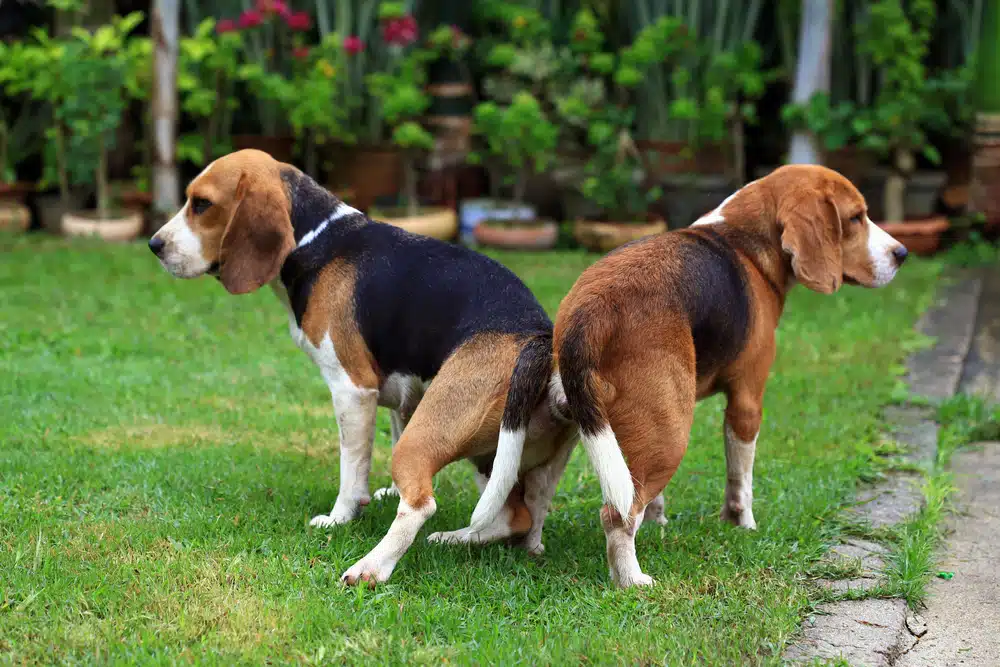
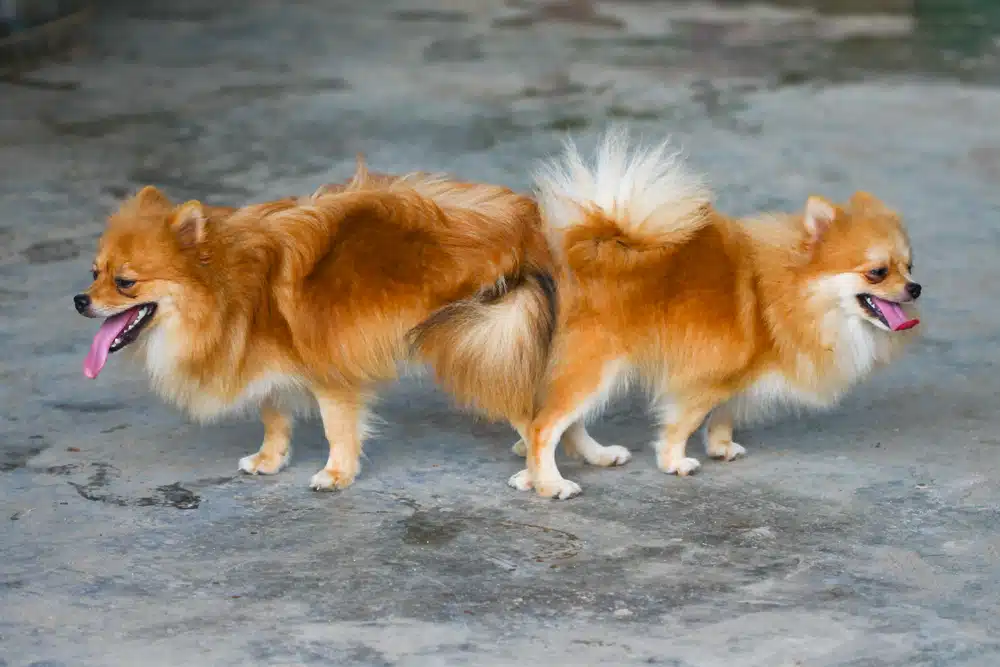
This is one of the most unusual aspects of canine mating. After penetration, the male’s genital organ swells and essentially “locks” inside the female.
Why Does This Happen?
- It’s a natural mechanism that helps sperm reach the female’s reproductive system more effectively, increasing the chances of fertilization.
- It also prevents other males from mating with the female immediately afterward, ensuring a single male’s reproductive success.
During this “lock,” both males and females may appear slightly confused or even whimper, but the process is generally painless. After some time (10 to 30 minutes), they separate naturally.
IMPORTANT! Some dog owners panic and try to manually “separate” the pair. This should never be done! It can cause serious injury.
Do Dogs Experience Pleasure During Mating?
This is a complex question. Animals likely do not experience emotional pleasure as humans do, but they do feel physical sensations:
- Males experience physiological satisfaction as mating stimulates nerve endings, creating pleasurable sensations.
- Females usually do not show signs of enjoyment – for them, it is more of a mechanical process than a pleasurable moment.
However, an interesting observation is that after successful mating, females tend to become calmer, which may indicate a release of hormones that bring a certain sense of “satisfaction.”
What Happens After mating? Do Dogs Show Loyalty and Attachment?
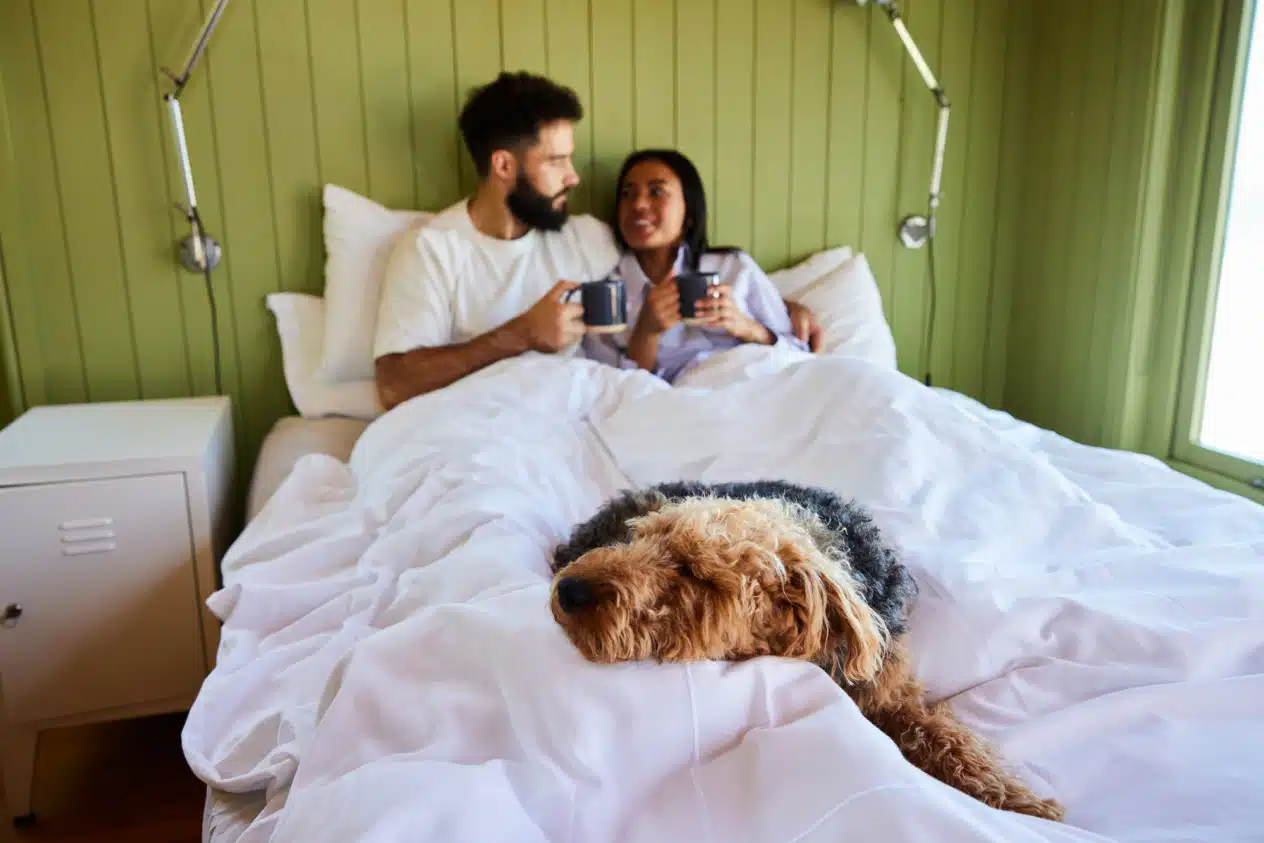
After sex dogs, dogs do not show significant attachment to each other. In the wild, as well as among domestic animals, most males do not stay with one female but continue searching for other partners. Females do not feel any “loyalty” to the male after sex dogs – they may even become aggressive if he tries to approach them again after their heat cycle ends. Therefore, talking about classic “love” in sex dogs in a human sense is not entirely accurate.
However, there are exceptions. Some dogs that have lived together for a long time may show certain signs of attachment. They play, sleep next to each other, lick their partner’s face, and may even display jealousy if another dog approaches their “chosen one.” But this is more a result of long-term socialization rather than true loyalty after sex dogs.
Separation after sex dog rarely causes strong emotional distress in dogs. If a pair has lived together for a long time, parting may cause stress, but it is more related to losing a familiar playmate than breaking a “romantic bond.” Males sometimes show restlessness after being separated from a female, especially if she was in heat. They may continue searching for her scent for several days, whining and acting anxious. But as soon as the heat scent fades, their interest disappears as well.
Sex dogs can affect the friendship between dogs, but not always positively. If two dogs have lived together harmoniously for a long time, the female often begins to avoid the male or even growl at him after sex dogs, pushing him away. This is a natural process – after the hormonal surge ends, her body “switches” to other priorities. Meanwhile, males may continue pursuing the female for a while, but their interest usually fades quickly. Dog owners who keep their pets together sometimes notice that after sex dogs, their dogs become less friendly toward each other, and it takes time for their relationship to return to normal.
Conclusions: Love or Instincts?
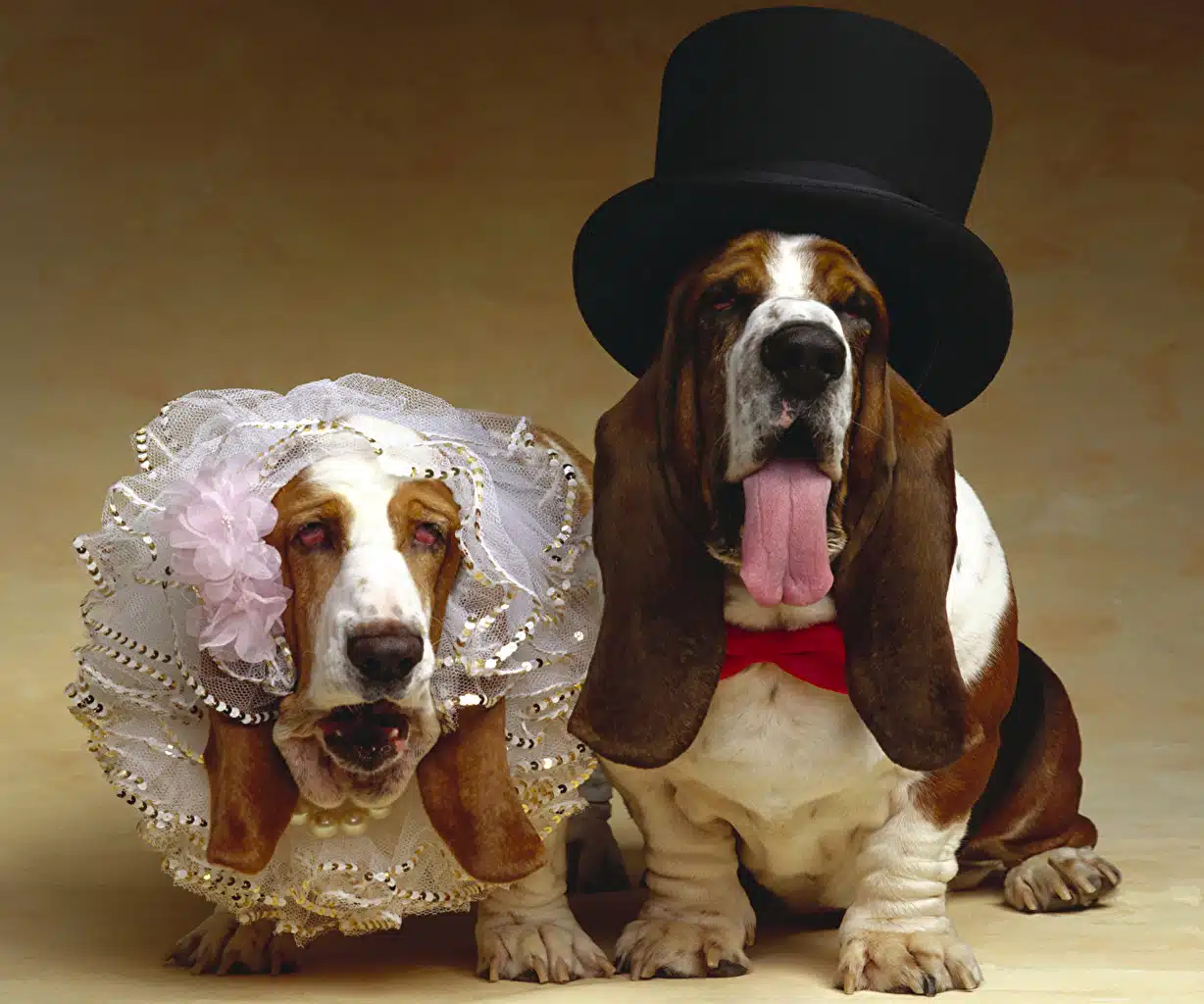
Dogs undoubtedly experience attachment and emotional bonds, but love in their world is not romance—it is more about social and biological mechanisms. Instincts drive the dog sex process: males seek out females by responding to their scent and behavior, while females accept or reject them depending on their hormonal state. However, this does not mean dogs are completely devoid of emotional connections. They can show care, playfulness, and even jealousy, but these feelings do not have a deep “romantic” foundation.
There are a few key takeaways for dog owners. First, it is important not to project human ideas of love and loyalty onto dogs. If your dog shows no interest in a mate after sex dog activity, that is perfectly normal. Second, dogs do not require dogsex to be happy—they do not suffer from “loneliness” if they do not have a mate. Third, owners should understand that dogs sex can lead to behavioral changes, and this should not be a cause for concern.
Dog owners can help their pets feel comfortable during animal sex by providing a calm and stress-free environment. It is crucial not to interfere with the process, attempt to control the animals, or separate them during “locking.” After dog sex, dogs should be given time to rest, and if behavioral changes occur, patience is necessary while hormone levels stabilize. If a dog shows signs of anxiety or stress, distractions like playtime, walks, or treats can help.
Love in sex dogs is not quite what we imagine, but their behavior is still filled with fascinating details that make their world unique. And while they do not write love letters or celebrate anniversaries, their loyalty to their owners and playful displays of affection prove that emotions matter to them—they just express them in their own way.

